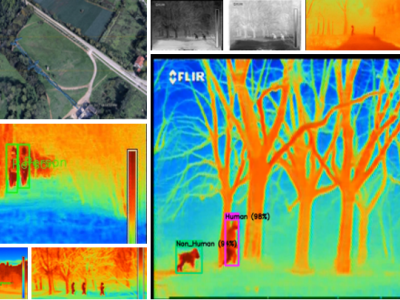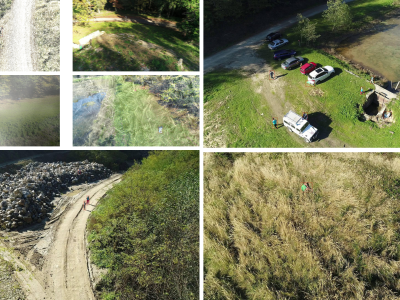Automotive Li-ion Cell Usage Data Set

- Citation Author(s):
- Submitted by:
- Massimiliano Luzi
- Last updated:
- DOI:
- 10.21227/ce9q-jr19
- Data Format:
- Research Article Link:
 21066 views
21066 views
- Categories:
- Keywords:
Abstract
In particular, Battery Management Systems (BMSs) are useful devices aiming at monitoring, managing, and controlling the battery pack. One of the main task of any BMS is performing State of Charge estimation of the cells composing the ESS. Herein, one of the most promising approaches are model based techniques such as Esxtended Kalman Filters or Unscented Kalman Filters.
The models to be used in the SoC estimation task should respect three main properties: first, they should provide useful insights on the physics of the cell for exposing information about SoC; second, they should approximate all the nonlinear relationships between the main physical quantities; third, system identification should be as flexible as possible.
The latter property means that the tuning of the model should not be based on specific, rigid, and time consuming tests. Therefore, the enclosed data set aims at providing a generic and realistic use of electrochemical cells upon which it will be possible to test and validate novel models and the related system identification procedures.
The data set has been collected autonomously by means of a self-developed programmable battery cycler that emulates the use of electrochemical cells in the realistic environment of a pure electric vehicle.
Therefore, the data has been collected by simulating the use of a lithium polymer cell model ePLB C020 in an electric car similar to the Nissan Leaf.
In particular, the specific cell used for the acquisition campaign was characterized by an effective capacity of 15 Ah.
Two different trips have been considered for building the Training and the Test Sets. In order to consider a realistic environment, both the trips have been composed by mixing urban, extra-urban and highway driving cycles with rests and battery charging phases. The considered driving cycles have been selected from the Federal Test Procedure repository aiming at considering a realistic use of the cell.
The Training Set consists in a trip of 277.64 km for a total of about 12 hours of data, whereas the Test Set counts 163.24 km and about 7 hours of data.
The measurements have been performed with a sampling time of 1 second and the SoC sequence has been evaluated by means of the Coloumb counting algorithm.
Instructions:
The data is organized in the following variables:
- Ts: sampling time in sec.
- Time: time vectore in sec.
- Vout: Measured voltage in V.
- Iin: Measured Current in A.
- Q_Ah: conducted charge in Ah.
- SoC: state of charge profile evaluated with the coloumb counting.
- Cn: cell capacity in Ah
- listCycles: list of the federal test procedure driving cycles composing the test.









NA
Can't download the dataset
I can not download the dataset!